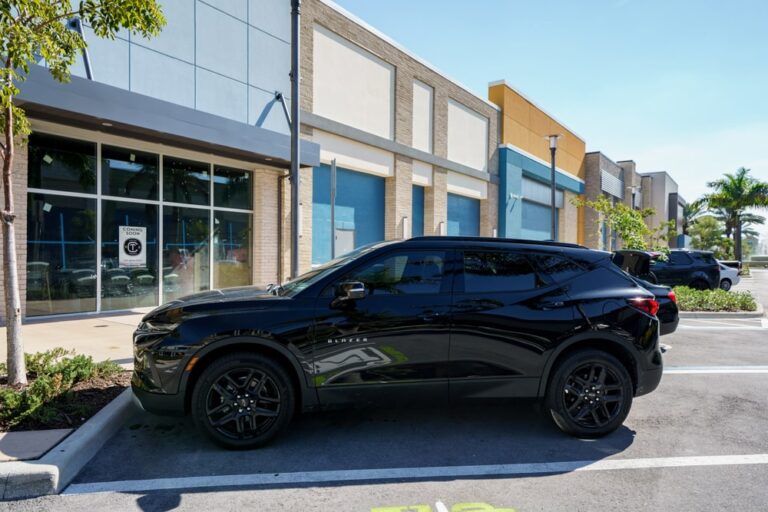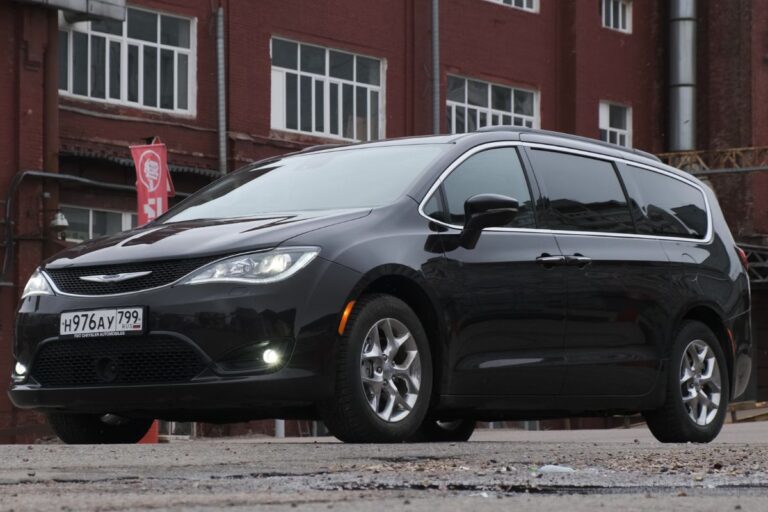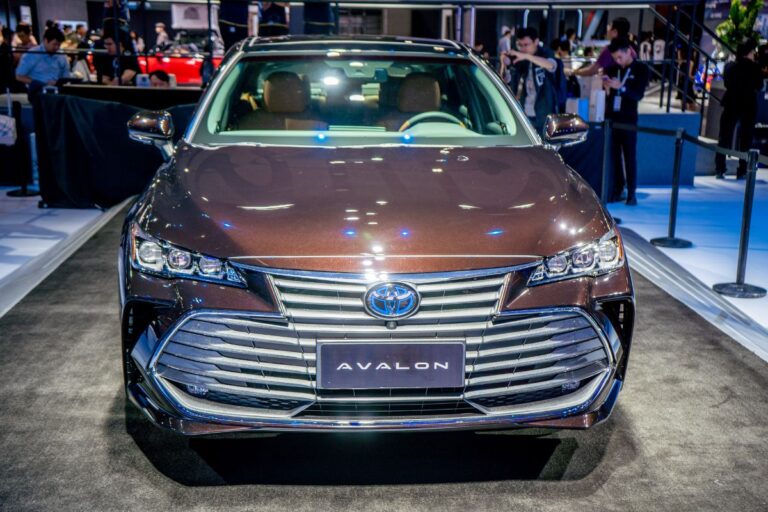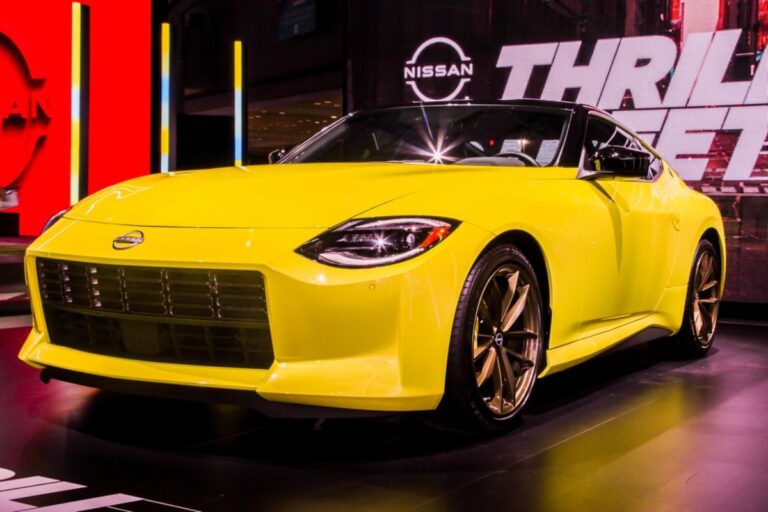
EVs come equipped with a standard, lead-acid, 12-volt battery. Electric cars need the boost of a 12-volt battery to run the car’s computer and accessories.
When I researched EVs, it was a surprise to me that they needed a 12-volt battery to run. Even if the EV features dual motors and a high-voltage lithium battery, if the 12-volt dies, you’re going nowhere.
Find out more about why EVs need a 12-volt battery to stay running.
Why do EVs have a 12-volt battery?

EVs have a 12-volt battery to start the car, and power windows and seats, electronics, turn signals, accessories, and the car’s computer system.
Since the EV transit battery has 400 to 600 volts, the power is too high for operating the radio, lights, etc., so, the 12-volt battery takes care of them. It’s also safer to have under-dash accessory wires that use the 12-volt battery to avoid electrical shock.
Related: How Many Volts Are in a Car Battery? Amps?
What happens if my electric car’s 12-volt battery dies?
If your EV’s 12-volt battery dies, it won’t operate. When you try to start the car, you might hear chimes and clicking relays. The dashboard lights might flash, and your car won’t start.
Does the EV charge the 12-volt battery?

The EV traction battery charges the 12-volt battery using a 12-volt DC/DC converter. The converter takes the energy from the high-voltage EV battery and steps it down to charge the 12-volt.
Does a low 12-volt battery in an EV draw power from the battery pack?
A low 12-volt battery charges while the EV is driving, and when it’s plugged into a charging station. Once the traction battery stops charging, the 12-volt stops getting power from the EV battery.
Since the traction battery charges the 12-volt with a DC/DC converter, while it’s running or charging, the 12-volt doesn’t drain the battery.
How do an EV 12-volt battery and the transit battery work together?

The 12-volt battery’s job is to run the car’s accessories, and start the systems and computers that operate the vehicle.
The 12-volt battery is smaller than in a gas-powered car because it doesn’t require the cranking amps to start the engine. It just needs enough power to run the car’s electronics and relays.
But, the main EV battery, also known as the traction battery, does all the heavy lifting. One of its jobs is to top off the charge in the 12-volt battery using an inverter. This works similar to the way an alternator in a gas-powered car charges the battery.
Does an EV 12-volt battery increase driving range?
No, the 12-volt battery has nothing to do with the range capacity of an electric vehicle. Even if the 12-volt battery has low power, as long as it is sufficient to run the electronics and traction battery circuits for the vehicle, the driving range isn’t affected.
Can you jump-start an EV 12-volt battery?

Just like gas-powered vehicles, the 12-volt battery in an electric vehicle also starts the car. So, you could have a fully charged EV traction battery and not be able to start the car if the 12-volt is too low.
The good news is that you can jump-start the EV 12-volt battery to start your car. But, you can’t jump your EV with another EV. You have to connect the jumper cables to a vehicle that has a negative ground system. This system is in gas-powered vehicles.
Also, you can’t jump the high-voltage transit battery of an electric vehicle.
How do you jump-start an electric vehicle’s 12-volt battery?
Following these steps will help you jump-start your electric car’s 12-volt battery when it doesn’t have enough power to start your car:
- Drive the gas-powered vehicle close enough to your EV to hook up jumper cables.
- Engage the parking brake on both vehicles for safety purposes.
- Turn off all accessories and lights for both vehicles.
- Connect the positive cable clamp to the positive side of the batteries in both vehicles. The red clamp is positive. The battery should also have a (+) symbol.
- Connect the black or negative cable to the negative post on each vehicle’s 12-volt battery.
- Make sure the cables are secure on the battery posts.
- Start the gas-powered vehicle that you’re using to jump your EV.
- Try starting your EV.
Let the two vehicles run for a few minutes while they’re still connected with cables. Then, remove the negative cables first, and then the positive side.
Keep your EV running for at least 20 minutes to top off the charge for your 12-volt battery.
If you don’t have a gas-powered vehicle available, you can use a portable car jumper. They work very well for jump-starting a dead 12-volt battery.
Why does my EV’s 12-volt battery discharge?

There are several things that could cause the 12-volt battery in your EV to discharge or become low on power.
It can happen if you haven’t driven your car for a while. Since the EVs transit battery charges the 12-volt battery, not driving can discharge it.
Another common reason is a faulty charging circuit or leaving any accessories on.
What is Tesla’s EV 12-volt battery life?
Like all 12-volt batteries, Tesla’s are good for 500 to 1000 cycles. This means the battery should last about two years with normal use.
Some Tesla owners have had their EV 12-volt battery discharge without any warning, leaving them with no way to start the vehicle.
According to Elon Musk, the new Tesla S Plaid comes equipped with a lithium-ion 12-volt battery, which provides more cycles and capacity. It’s smaller and has a longer life.
Sources:






